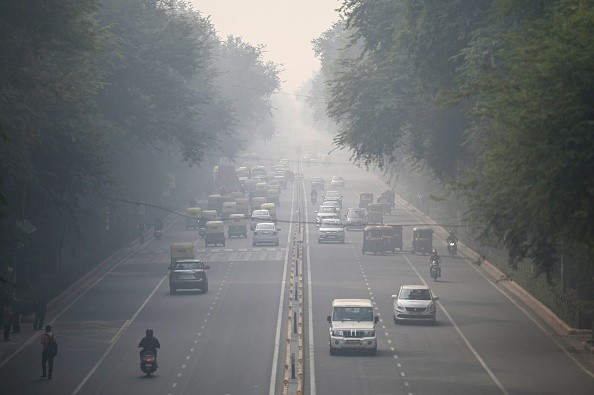Leeds City Council has introduced an email service to alert residents about the rising air pollution. This is in addition to long-established air pollution information systems like the UK government's websites.

Air Pollution
Air pollution is defined as contamination of the interior or outdoor environment by any chemical, physical, or biological factor that alters the inherent properties of the atmosphere.
Common causes of air pollution include household combustion devices, motor vehicles, industrial operations, and forest fires. Particulate pollution, carbon monoxide, ozone, nitrogen dioxide, and sulfur dioxide are serious public health concerns.
Both outdoor and interior air pollution cause respiratory and other ailments, as well as significant morbidity and mortality.
Pollution Risk
These systems have evolved significantly during the last 30 years.
Pollution data had to be acquired via a free telephone service or read on our television screens via Teletext and the BBC's Ceefax in the 1990s.
The internet and smartphones have resulted in an explosion of air pollution information systems, but how could these evolve in the future?
A new research looks at how Londoners may learn about air pollution. It discovered that a surprisingly significant number of systems (54 in all) were already operational.
Near-real-time air pollution maps, measurements on websites and apps, and the mayor's system for displaying alerts at bus stops are among them.
Also Read : Study Shows How Residents from Public Housing Experiences Higher Levels of Air Pollution
Improved Pollution Warning

Government, meteorological, and university services are based on the concept that knowledge can assist individuals in changing their behavior.
The research discovered, however, that a growing number of commercial organizations are sharing data to develop a market for purchasing personal sensors, masks, and air filters.
Current systems are not without flaws.
"If consumers are seeking air quality information related to their actual physical location, most services are incapable of giving it," said Kayla B Schulte, a DPhil candidate at the Leverhulme Centre for Demographic Science Department of Sociology at the University of Oxford who conducted the study.
Professor Stephen Holgate of the University of Southampton, who was not involved in the London study, stated, "People are becoming aware of the negative impacts of air pollution, but they need knowledge on how and what they can do about it."
"Any new air quality monitoring system must be based on what individuals are exposed to in their neighborhoods, including real-time fluctuations."
These requirements are being met in part via community sensor networks, which enable individuals to take and exchange measurements.
Another constraint is a restricted focus on communications to assist vulnerable individuals in protecting themselves when levels of air pollution rise.
While this is reasonable, it risks shifting blame for the problem to those who experience the consequences.
Going Straight to the Polluters
To go forward, we can look to the past for guidance.
The original air pollution warning system, established in Los Angeles in 1955, was somewhat different. Instead of being aimed at those who breathe polluted air, it was aimed against polluters.
When the plan was adopted, enterprises began to lower boilers and employ carpooling systems, while citizens were advised to drive less and avoid burning garbage.
Related Article : Satellites Capture Worsening Air Pollution in Tropical Megacities
For more health and environment related news, don't forget to follow Nature World News!
© 2026 NatureWorldNews.com All rights reserved. Do not reproduce without permission.





